Women Clerks in Wilhelmine Germany
This book discusses the emergence of white-collar work for women and the motivations for organisation and political attitudes of German women clerks and white-collar workers before the First World War. In addition, the book explores issues concerning women's work and labour-market situations, women's class positions and their political mobilisation. The introductory chapters examine the situations of clerks and the home and family circumstances of women clerks. Dr Adams goes on to discuss the nature and limits of 'feminism' in Wilhelmine society, the early years of female clerks' associations, and the interrelationship of women's work and home roles, behaviours and attitudes. Finally, two case studies examine in depth the conflicts of class and gender. Before the First World War, Dr Adams concludes, women defined themselves by gender and by class; they sought fulfilment in the public and the private sphere; but they found it impossible to be both 'woman' and 'worker'.
Product details
July 2002Paperback
9780521526845
208 pages
230 × 153 × 18 mm
0.34kg
Available
Table of Contents
- Acknowledgments
- List of abbreviations
- Note on clerks' organizations
- Illustrations
- Introduction
- 1. Clerks and clerking
- 2. Women clerks at home and work
- 3. An ambivalent estate: the ideologies and organizations of male clerks
- 4. Contending strategies for women: bourgeois and socialist organization and the analysis of home and work
- 5. Putting bourgeois feminism into practice: the founding of all-female clerks' associations
- 6. Professionalization or feminism: alternatives facing female clerks' associations in the new century
- 7. Class and gender in the socialist Central Alliance
- 8. Jobs or marriage? Contradictory messages in socializing women clerks
- 9. Campaigns for improved commercial training: the boundaries of the estate
- 10. The needs of women versus the estate: white-collar insurance
- Conclusion
- Notes
- Select bibliography
- Index.

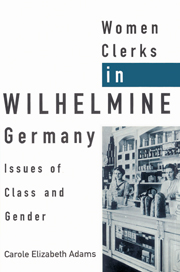
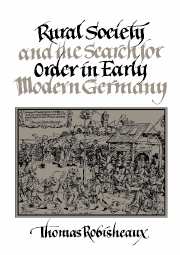
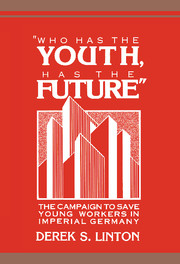
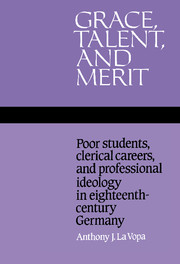
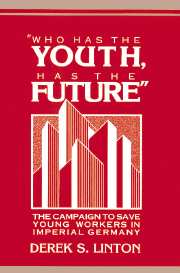



.jpg)
.jpg)